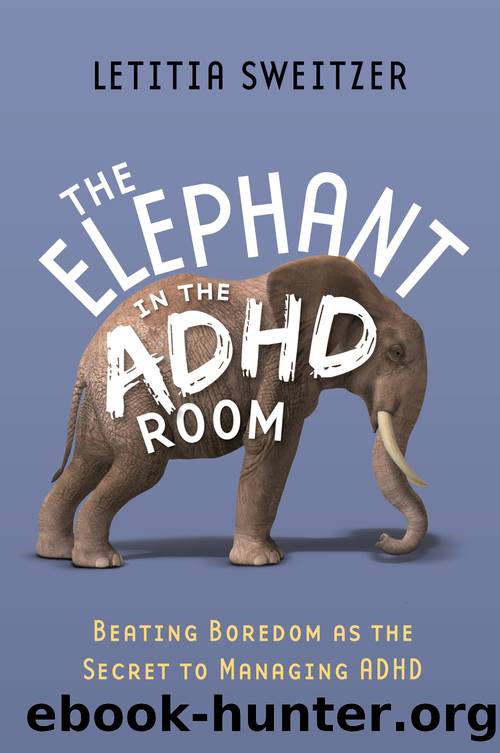The Actor Speaks by Patsy Rodenburg

Author:Patsy Rodenburg [Rodenburg, Patsy]
Language: eng
Format: epub
Publisher: St. Martin's Publishing Group
Published: 2015-10-10T00:00:00+00:00
Exercise 58: Walking the Journey of a Speech
I love this exercise. Watching actors do it will often reveal all their worst acting habits. The point of it is actually to walk the journey of a speech. Perhaps use the entire opening speech from Richard III here, or any long soliloquy full of complexity, vibrancy and colour.
⢠As you speak, trace out not only the length of the thoughts but all the diversions or pulse changes within each thought. You must stay open to the text and let it take you along in whatever way it wants. As you walk, you will feel the pace and rhythm of the thoughts or sense changes in direction. Some sections of the speech will hurtle you forward quickly, you might even have to run. Some will move you more slowly. In some thoughts you might experience twenty or more turns. Others will be so long and continuous that the room might not be large enough to contain you. If you were to look down on this exercise from above, you would see the physical journey of the speech mapped out by the actor.
⢠When you have physically walked and spoken the speech, stand still and speak it. You will still feel the movement in you and be filled with the motion of the text which has suddenly come to life. Your breathing will now probably match the thoughts. You may find that you are not even worried about your breath and that the range of your voice is most likely responding to the changes in the text.
⢠You should do this exercise several times, becoming clearer and perhaps tougher on yourself. The first time you did it you were probably aware that you were missing turns, or that there were many more than you thought. Try to find them all. Now you might have noticed that most heightened text has two key components:
1. The language moves you forward. It is active. You donât dally and inspect your words but use them to shift events, not to prevaricate or ponder.
2. Transitions or changes in the text, thought or emotional turns are achieved succinctly, mostly with one word: âbutâ, âifâ, âwhenâ, âthen,â etc. In less heightened, more casual language we make turns with several words. âYou know what I mean â¦â, âPerhaps I might â¦â, âI wonder if â¦â. This language difference should be transformed to your movement. You should be clearly turning on every word that turns. Many regular word turns result in a physically gentle curve. Heightened text has us turning clearly, cleanly and quickly. Lock this motion into your body and it will surface in the voice when you speak
⢠Walk throughout the exercise in a centred, dynamic, ready way. Donât amble or stroll. Avoid looking down; look out.
⢠Iâm sure this exercise will reveal layers of meaning to you as you repeat it. The number of turns is somehow directly linked to the characterâs state of anxiety or need. Chaos in the walking is reflected in the head or heart.
Download
This site does not store any files on its server. We only index and link to content provided by other sites. Please contact the content providers to delete copyright contents if any and email us, we'll remove relevant links or contents immediately.
Eats, Shoots & Leaves by Lynne Truss(1303)
Nickel and Dimed by Barbara Ehrenreich(1095)
Midnight's children by Salman Rushdie(979)
The Imaginary Invalid by Molière(933)
Bring Up the Bodies by Hilary Mantel(844)
Black Coffee (Poirot) by Agatha Christie(798)
The Lovely Bones by Sebold Alice(772)
The 500 by Matthew Quirk(770)
The Seagull by Anton Chekhov(759)
Buried Child by Sam Shepard(729)
An Ideal Husband by Oscar Wilde(704)
Steven Berkoff by Steven Berkoff(685)
The Bourgeois Gentleman (World Classics) by Molière(649)
The Comedy Bible by Judy Carter(640)
Profiles by Tynan Kenneth; Tynan Kathleen;(640)
Finding Roger by Rick Elice(624)
Tobacco Road by Erskine Caldwell(608)
Mrs. Warren's Profession by George Bernard Shaw(569)
Shakespeare by Paul Edmondson(561)
